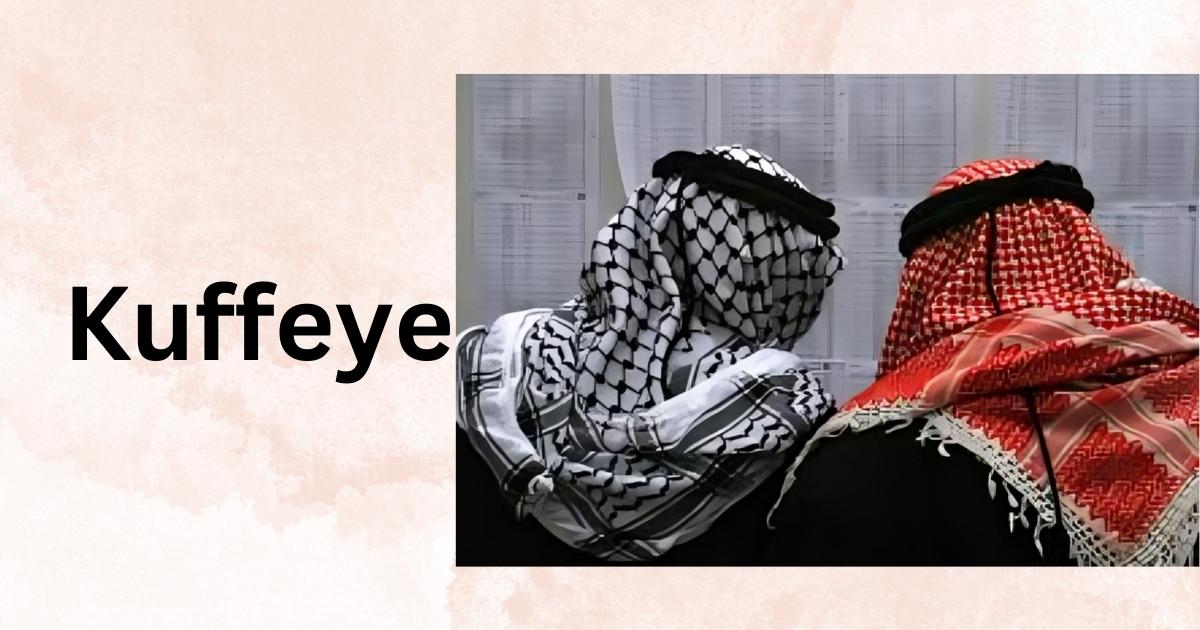The term Kuffeye is a word that may not be familiar to many, but it has a rich history and cultural significance rooted in ancient times. Often linked to religious and spiritual traditions, the meaning of Kuffeye varies based on historical and cultural contexts. This article explores the possible origins, meanings, and significance of Kuffeye, delving into its place in various traditions and what it symbolizes.
What Does Kuffeye Mean?
The word “Kuffeye” doesn’t have a single, universally recognized meaning, but it is often associated with spiritual or religious contexts. It can relate to the idea of covering, concealing, or protection, particularly in ancient religious practices. In some interpretations, Kuffeye has been connected to sacred coverings or garments worn during spiritual rituals.
Historical Background of Kuffeye
Origins in Ancient Culture
The origins of Kuffeye are shrouded in mystery, with some sources suggesting it has roots in Middle Eastern or North African traditions. The term might have evolved over centuries, incorporating influences from various cultures that emphasized spiritual coverings or protective attire.
Connection to Religious Practices
In certain historical contexts, Kuffeye was believed to represent a spiritual shield. It was often associated with coverings or garments that were thought to protect individuals from negative energies or spiritual harm. This idea of protective garments can be found in ancient religious texts and traditions.
Kuffeye in Modern Culture
Symbol of Protection and Modesty
In some modern interpretations, Kuffeye is seen as a symbol of modesty and protection. It embodies the concept of shielding oneself spiritually or physically, representing a barrier against external negative influences. This meaning aligns with traditions that emphasize the importance of maintaining purity and safeguarding one’s spiritual integrity.
Spiritual Symbolism
For those who embrace spiritual practices, Kuffeye may symbolize a connection to higher realms or spiritual awakening. It is thought to act as a reminder of spiritual discipline and devotion, guiding individuals on their path to enlightenment.
Cultural Significance of Kuffeye
Traditional Attire and Symbolism
In some cultures, garments that could be linked to the idea of Kuffeye are part of traditional attire. These garments are often worn during religious ceremonies, emphasizing their importance in preserving cultural heritage and spiritual practices.
Influence in Art and Literature
Kuffeye has also found its way into art and literature, where it is used as a metaphor for spiritual protection or inner strength. Writers and artists often use the concept to explore themes of resilience, faith, and the human journey towards spiritual understanding.
The Symbolic Meaning of Coverings in Religious Contexts
Covering as a Form of Reverence
In many religious contexts, the act of covering oneself is seen as a form of reverence. This could be linked to the concept of Kuffeye, where a protective covering is a sign of respect for the divine or the sacred. The idea is that covering oneself during worship or prayer is an acknowledgment of humility before a higher power.
Protection from Spiritual Harm
The idea of protective coverings, akin to Kuffeye, appears in multiple religious traditions. In some cultures, garments or objects associated with spiritual protection are thought to ward off evil spirits, negative energies, or other harmful influences, symbolizing the human desire to stay spiritually safe.
How Kuffeye Relates to Contemporary Beliefs
Spiritual Practices in the Modern World
In today’s world, the concept of Kuffeye may still resonate with those who engage in spiritual practices that emphasize protection, mindfulness, and modesty. It aligns with contemporary beliefs that value spiritual security and personal boundaries in a world filled with distractions and challenges.
Modern Interpretations and Adaptations
Kuffeye has evolved beyond its historical roots, with some individuals adapting the concept to fit their spiritual needs. For example, modern spiritual practitioners might wear symbolic coverings, not as a literal protective garment but as a metaphor for creating a spiritual space around themselves.
Comparing Kuffeye with Similar Concepts
Kuffeye and Hijab
There are parallels between the concept of it and the Hijab worn in Islamic cultures. While the Hijab is a physical covering that symbolizes modesty and privacy, Kuffeye can be seen as a broader concept that includes spiritual protection, not just physical modesty.
Kuffeye and Talismanic Clothing
In some traditions, garments or coverings linked to it are akin to talismanic clothing, which is believed to carry protective powers. These items are often inscribed with prayers, symbols, or sacred texts, enhancing their role as protective garments.
Why is Kuffeye Still Relevant Today?
Embracing Spiritual Symbols
The concept of it is relevant today because it embodies timeless values such as protection, spirituality, and modesty. These values resonate with people seeking to live a life that balances modernity with tradition, emphasizing the importance of maintaining one’s spiritual integrity.
A Reminder of Inner Strength
It is not just about physical coverings but about the idea of strengthening one’s inner self. It encourages individuals to cultivate resilience, faith, and a sense of protection from negative influences, both external and internal.
Conclusion
It is a term rich in cultural and spiritual significance, representing the idea of protection, modesty, and spiritual discipline. While its exact origins and meanings might be debated, it remains a powerful symbol in various traditions. Whether understood as a physical covering or a metaphorical shield, It continues to inspire those who seek spiritual security and inner strength in a rapidly changing world.
FAQs
- What does Kuffeye mean?
It generally symbolizes protection, modesty, and spiritual security, often linked to religious contexts. - Where did the concept of Kuffeye originate?
The origins of it are unclear, but it is believed to have roots in ancient Middle Eastern or North African traditions. - Is it still relevant today?
Yes, it remains relevant as a symbol of spiritual protection, inner strength, and modesty, especially in modern spiritual practices. - How is it connected to religious attire?
It can be associated with traditional coverings worn during religious ceremonies, emphasizing spiritual protection and humility. - What is the modern interpretation of it?
Modern interpretations of it focus on spiritual resilience, personal boundaries, and creating a protective space in a busy world.

